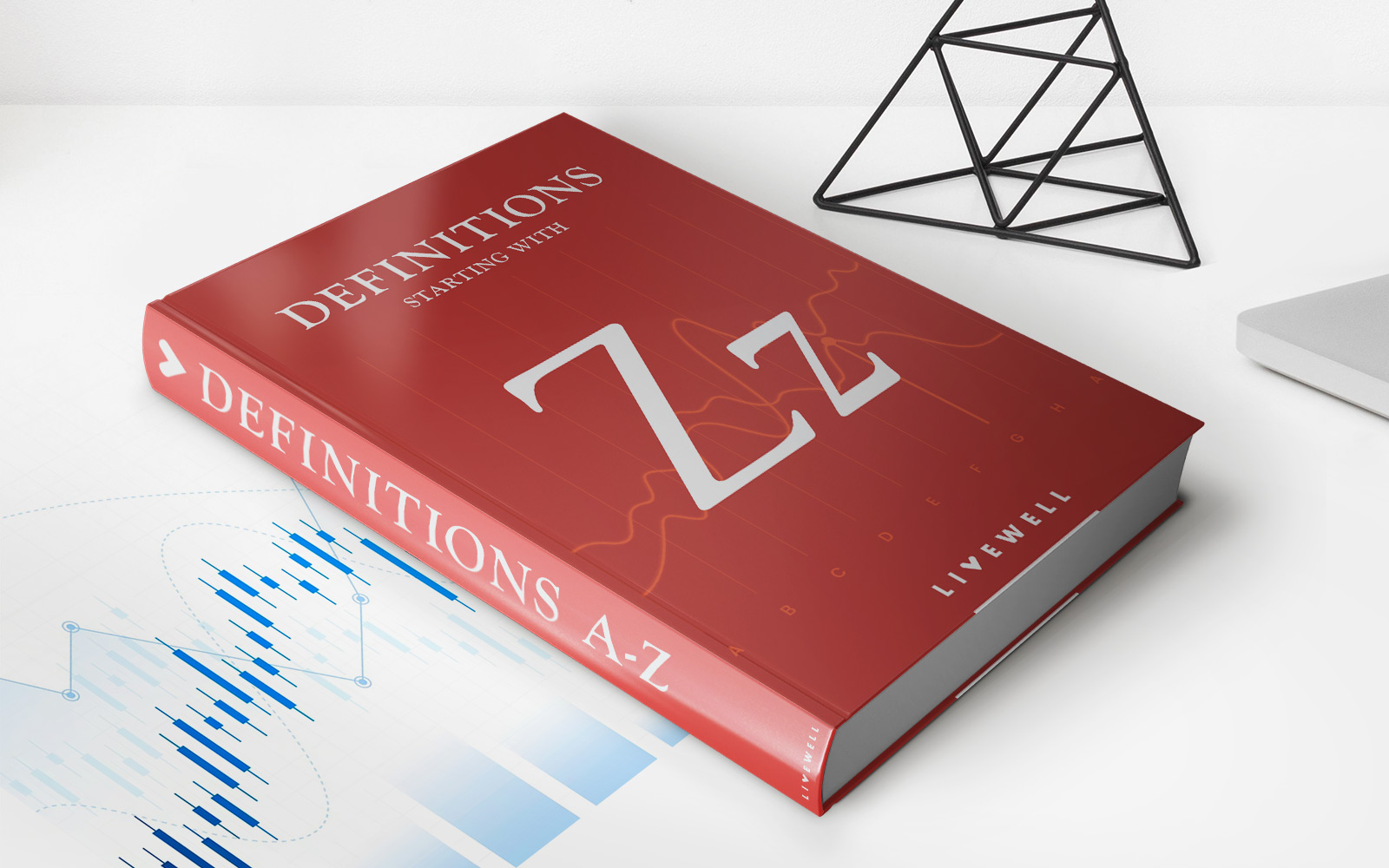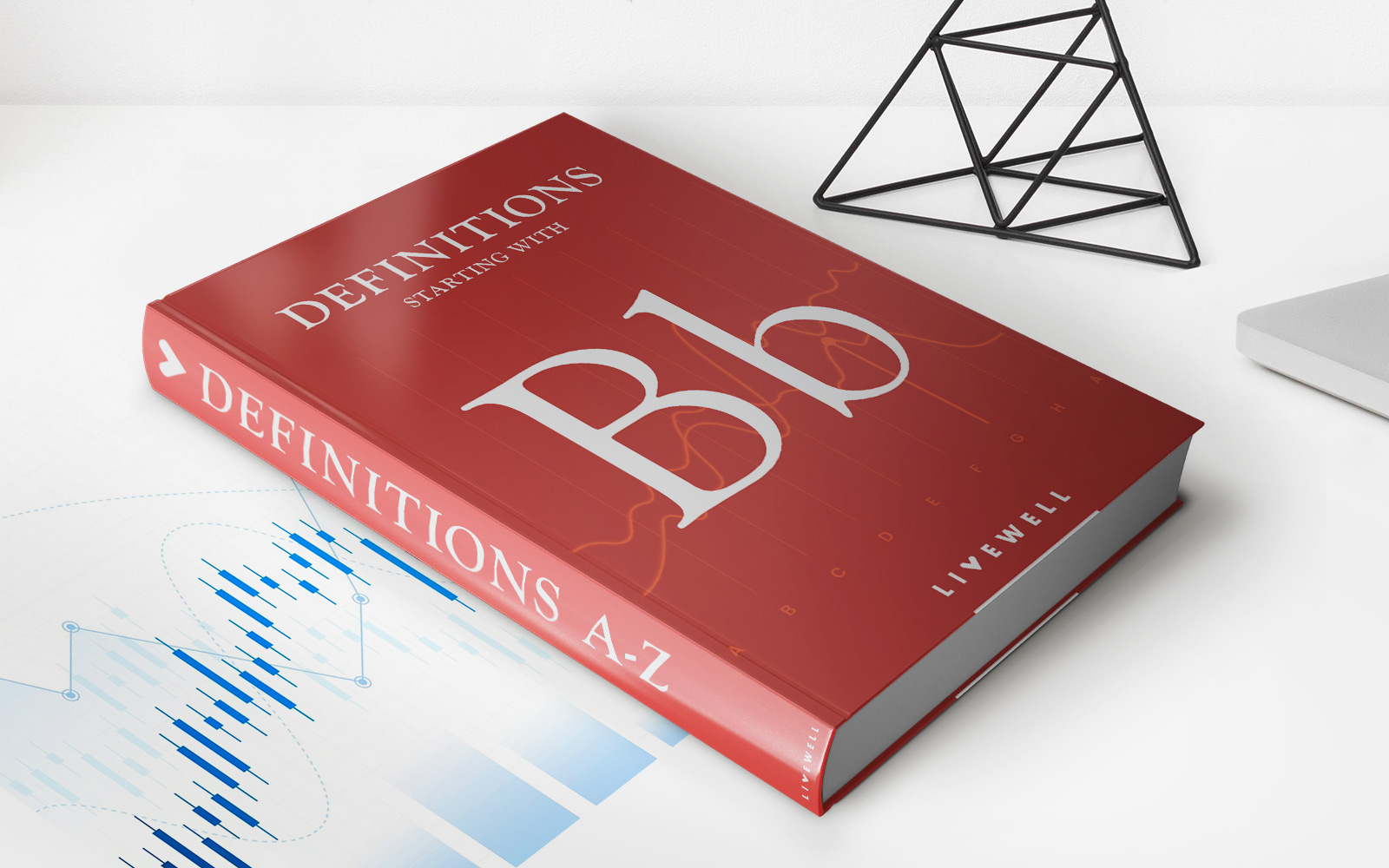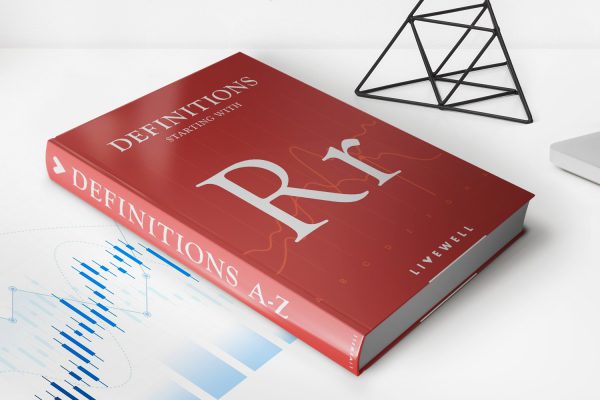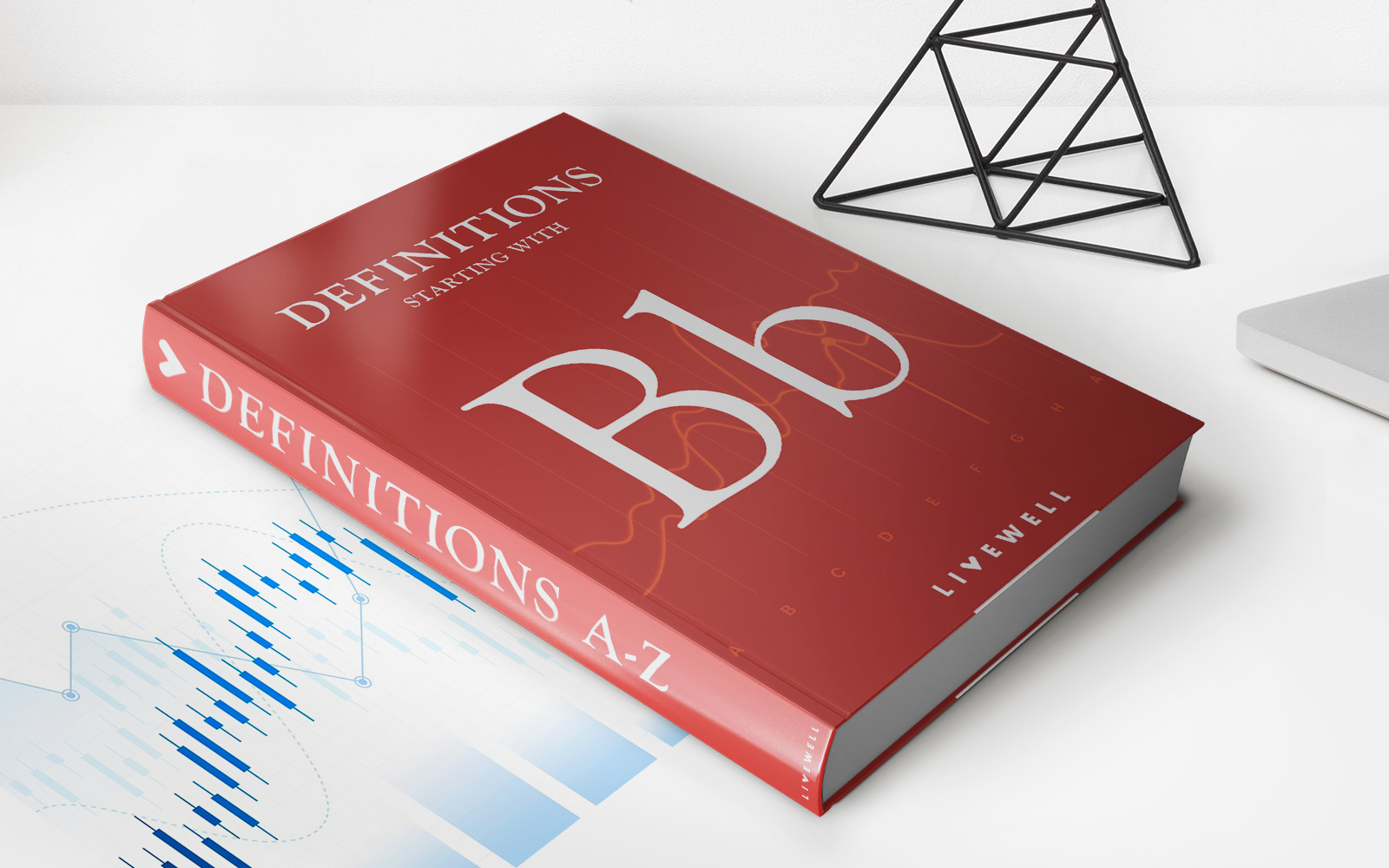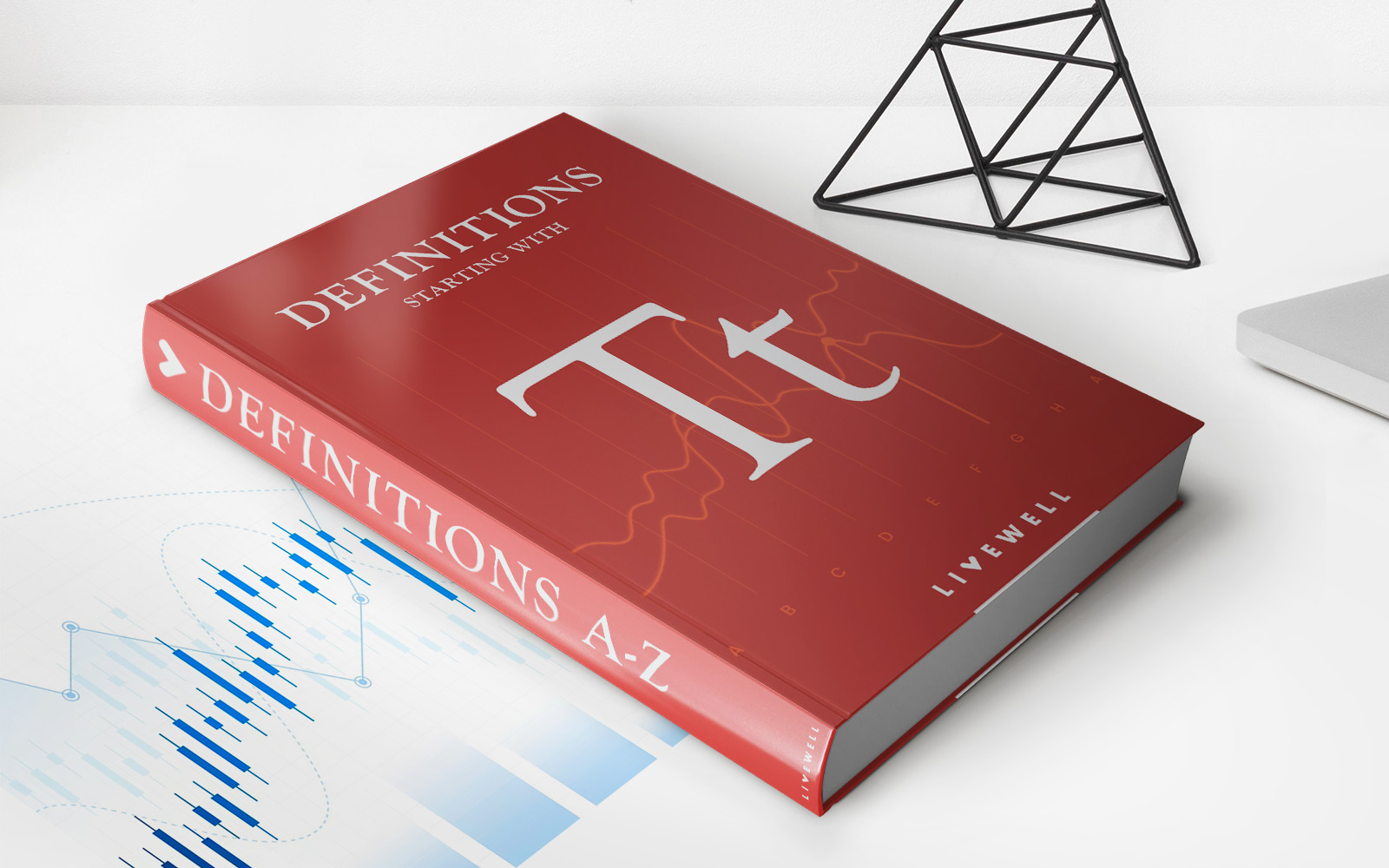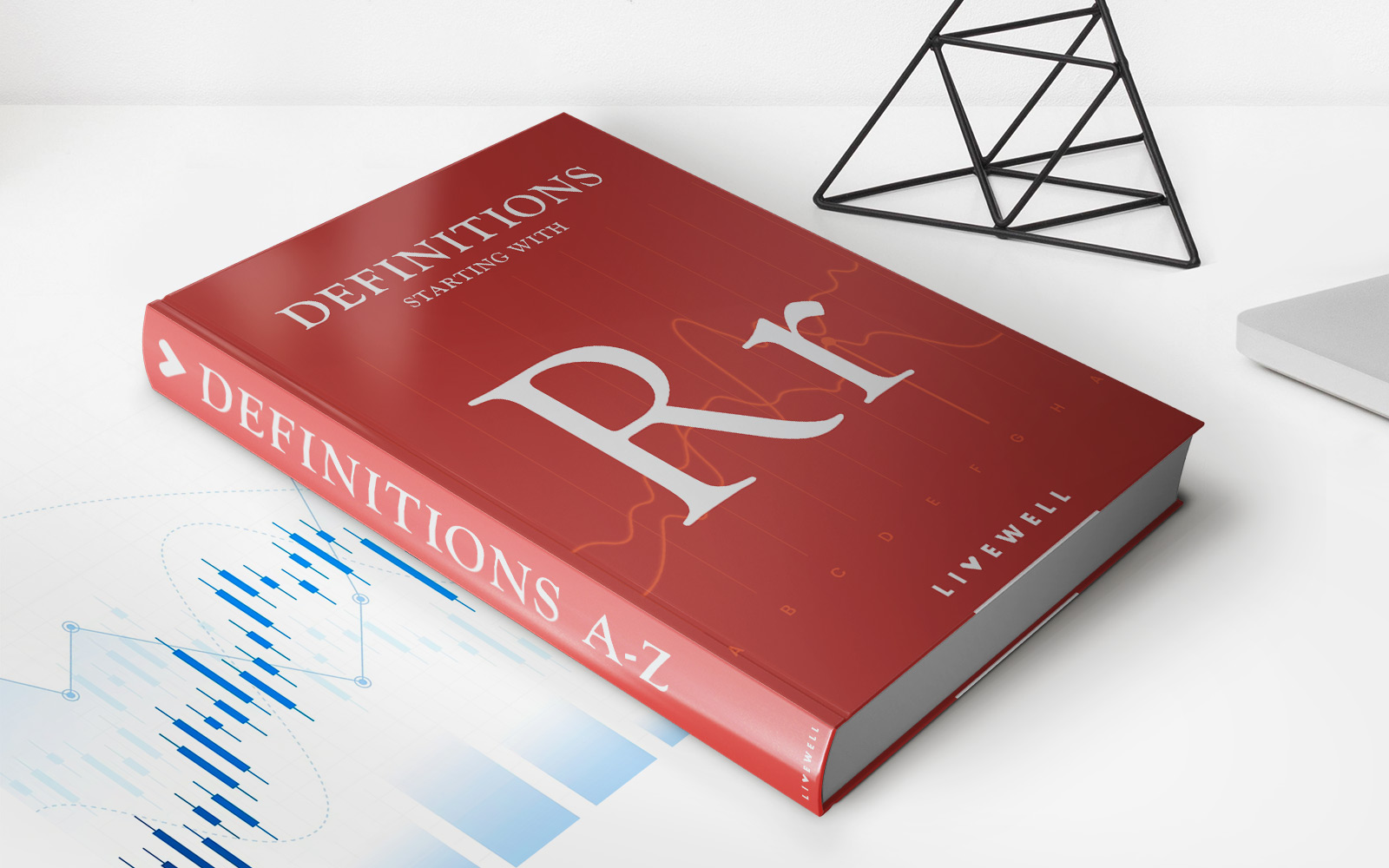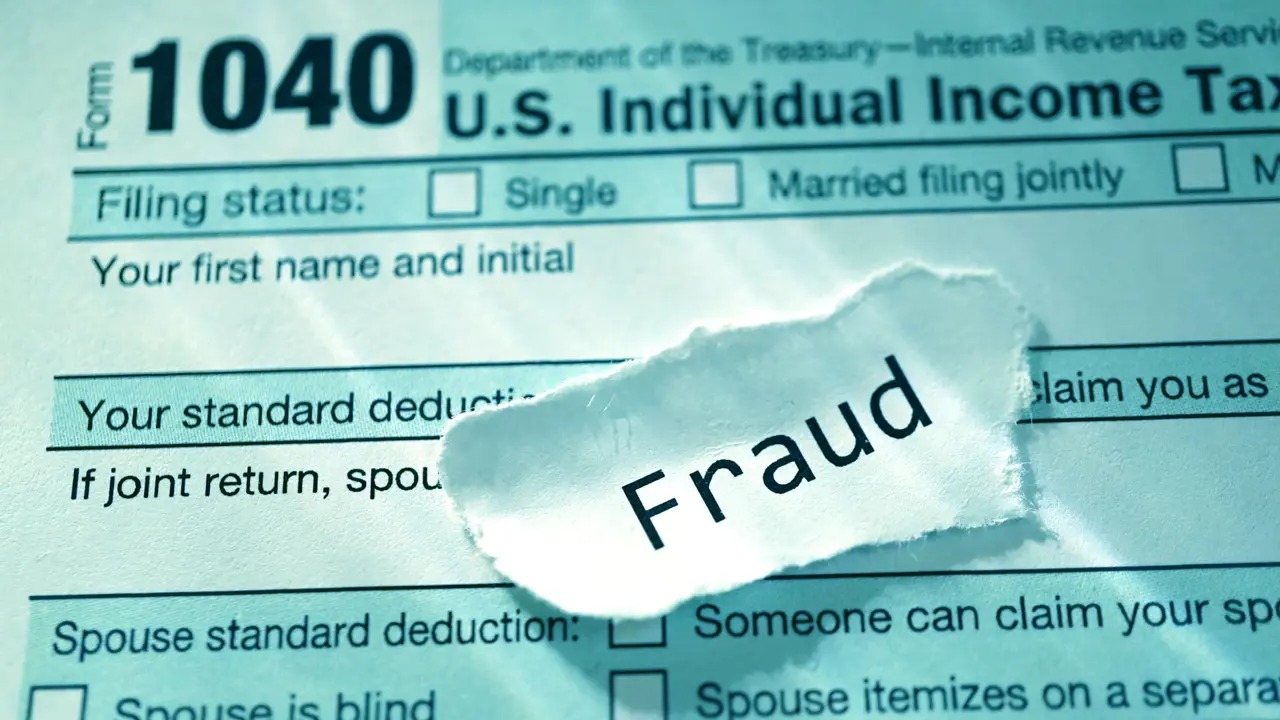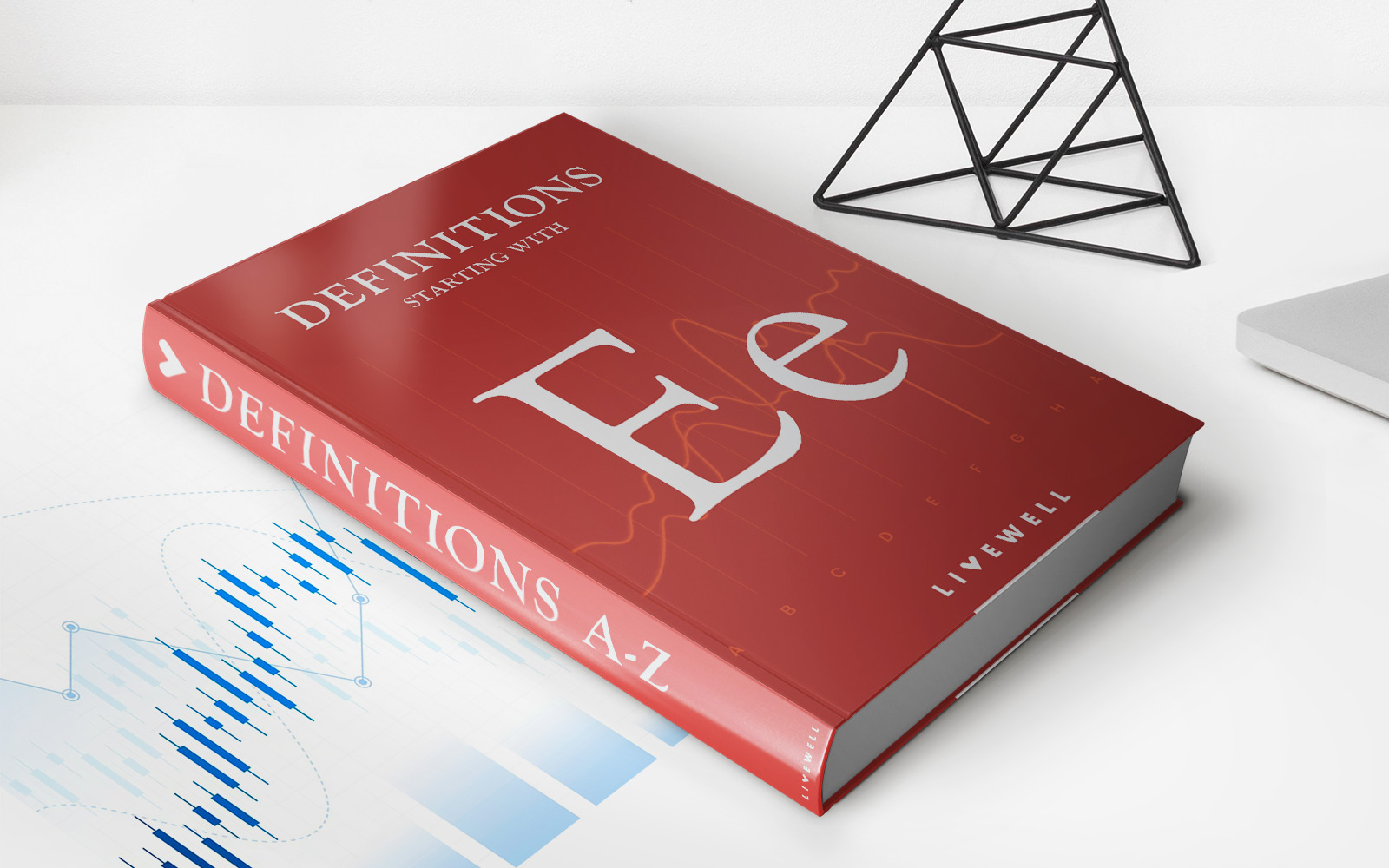Home>Finance>Credit Insurance: Definition, Purpose, Types, And Drawbacks
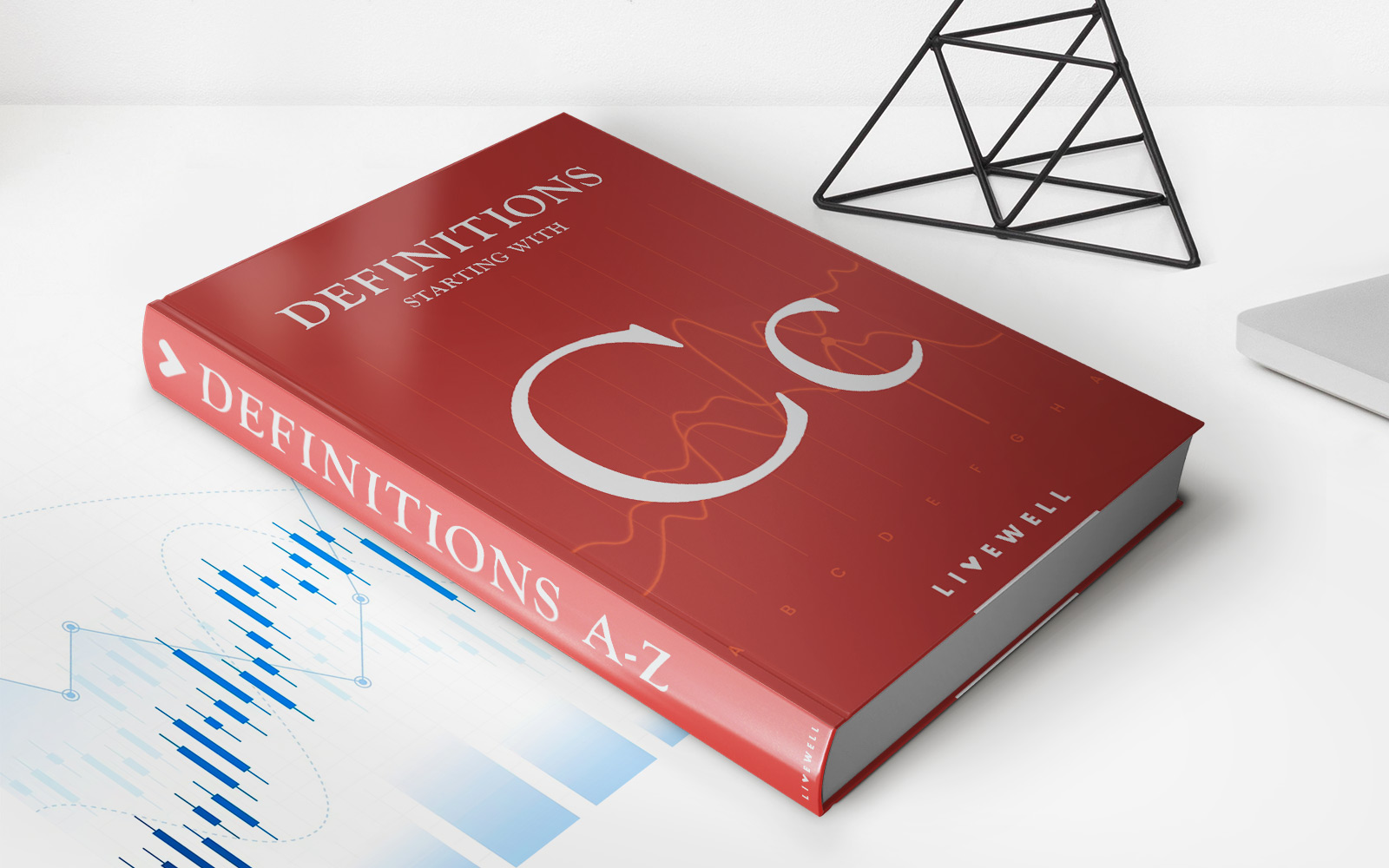

Finance
Credit Insurance: Definition, Purpose, Types, And Drawbacks
Published: November 5, 2023
Looking for credit insurance? Learn about its definition, purpose, types, and drawbacks in the world of finance. Secure your financial future today!
(Many of the links in this article redirect to a specific reviewed product. Your purchase of these products through affiliate links helps to generate commission for LiveWell, at no extra cost. Learn more)
Credit Insurance: Definition, Purpose, Types, and Drawbacks
When it comes to managing your finances, it’s important to consider all the factors that can impact your financial health. One of those factors is credit insurance. What is credit insurance? How can it protect you? What are its different types and drawbacks? In this blog post, we will explore the answers to these questions and help you make an informed decision.
Key Takeaways:
- Credit insurance is a type of insurance that protects lenders and borrowers from the risk of non-payment due to factors such as bankruptcy, default, or insolvency.
- The purpose of credit insurance is to safeguard businesses and individuals from the financial impact of bad debts, ensuring they receive the money owed to them.
What is Credit Insurance?
Credit insurance is a financial product that helps safeguard businesses and individuals against the risk of non-payment by their customers or debtors. It provides coverage for outstanding debts, protecting lenders and borrowers from the financial consequences of default, bankruptcy, or insolvency.
Credit insurance typically covers both domestic and international trade, ensuring that businesses and individuals receive payment for goods or services rendered. By transferring the risk of non-payment to an insurance company, businesses can focus on their operations instead of worrying about potential losses.
The Purpose of Credit Insurance
The primary purpose of credit insurance is to protect businesses and individuals from the financial impact of bad debts. It ensures that they receive the money owed to them, allowing them to maintain a healthy cash flow and avoid financial distress. Here are two key purposes of credit insurance:
- Protecting Cash Flow: Credit insurance helps businesses mitigate the risks associated with customers or debtors failing to pay their debts. By receiving compensation from the insurer, businesses can replace lost revenue and maintain uninterrupted cash flow.
- Facilitating Access to Financing: Lenders are more likely to provide financing to businesses with credit insurance. This is because the insurance coverage reduces the risk of non-payment, making businesses more reliable borrowers.
Types of Credit Insurance
There are several types of credit insurance available in the market. The most common ones include:
- Trade Credit Insurance: This type of credit insurance covers accounts receivable and protects businesses against the risk of non-payment by their customers.
- Export Credit Insurance: Export credit insurance is specifically designed to protect businesses involved in international trade. It safeguards against the risk of non-payment by foreign buyers.
- Political Risk Insurance: Political risk insurance provides coverage against losses caused by political events such as government actions, war, terrorism, or economic sanctions that may impact the ability of debtors to pay.
Drawbacks of Credit Insurance
While credit insurance offers numerous benefits, there are also some drawbacks to consider:
- Cost: Credit insurance can be costly, with premiums based on the level of risk associated with the insured transactions. Businesses need to assess whether the cost justifies the potential benefits.
- Exclusions and Limitations: Like any insurance policy, credit insurance has its exclusions and limitations. It is crucial to understand these before purchasing coverage to ensure it meets your specific needs.
- Claims Process: The claims process for credit insurance can sometimes be lengthy and complex. Businesses need to have a clear understanding of the requirements and procedures involved.
In Conclusion
Credit insurance plays a vital role in protecting lenders and borrowers from the risk of non-payment and safeguarding their financial well-being. It can help businesses maintain a healthy cash flow and access financing, while also providing peace of mind in uncertain economic times. However, it is essential to carefully consider the costs, exclusions, and claims process before selecting a credit insurance policy. By doing so, businesses can make an informed decision and choose the right coverage for their needs.

